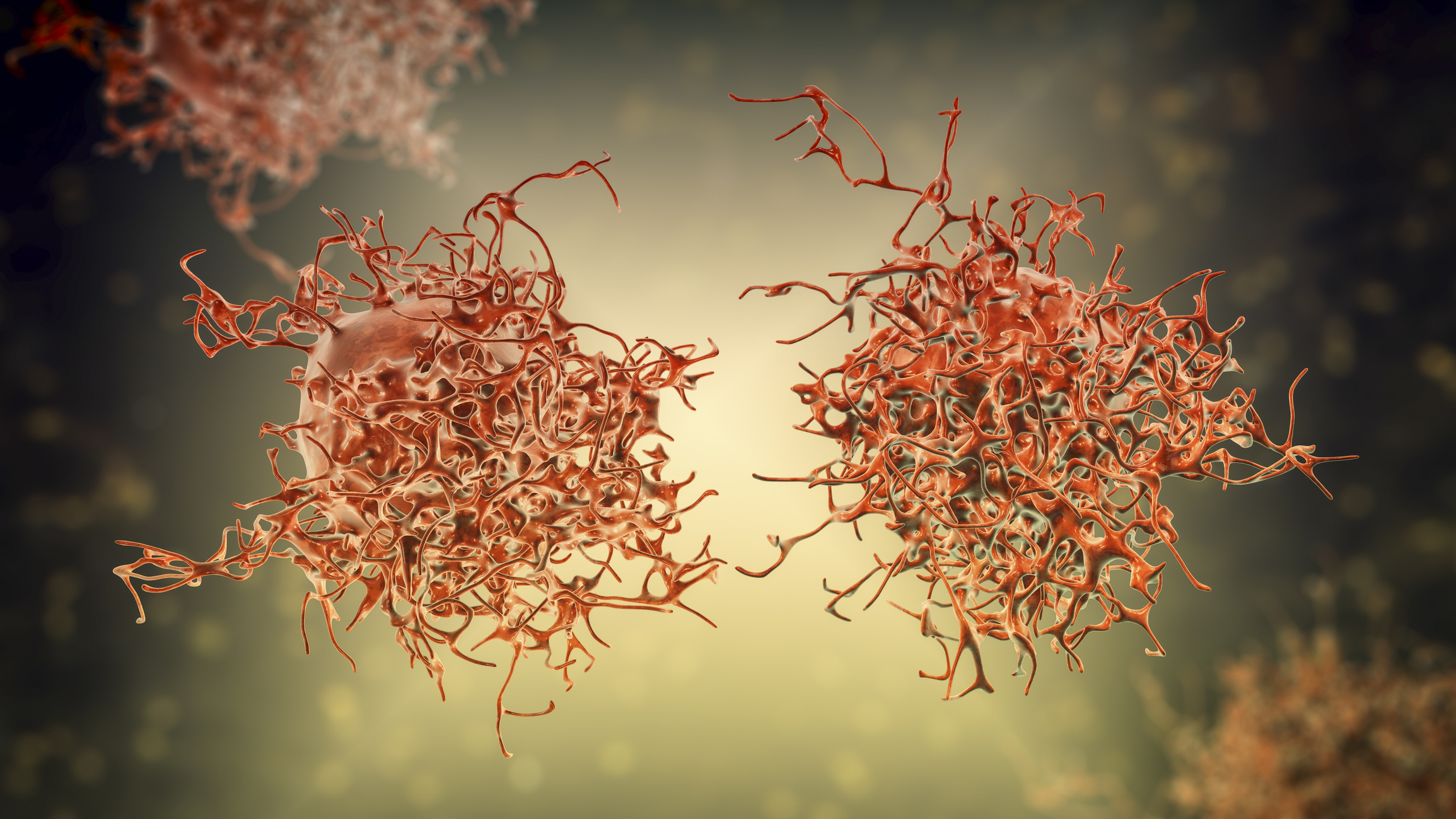
Women should have the option of taking their own test samples for cervical cancer screening, an influential health panel said Tuesday.
Draft recommendations from the U.S. Preventive Services Task Force are aimed at getting more people screened and spreading the word that women can take their own vaginal samples to check for cancer-causing HPV.
WATCH ANYTIME FOR FREE
>Stream NBC10 Boston news for free, 24/7, wherever you are. |
Women in their 20s should still get a Pap test every three years. But after that — from age 30 to 65 — women can get an HPV test every five years, the panel said.
And those HPV tests can be done with samples collected either by a doctor or by the patient herself in a mobile clinic or medical office. Women ages 30 to 65 can still opt for a Pap test done by a doctor every three years, or a Pap plus an HPV test every five years.
Get updates on what's happening in Boston to your inbox. Sign up for our >News Headlines newsletter.
“I’m very hopeful that self-collection will help even more women get screened and help us reduce even further the burden of cervical cancer among women,” said task force vice chair Dr. John Wong of Tufts University School of Medicine.
Earlier this year, U.S. regulators expanded the use of two HPV test kits to include self-collection. Studies show women and doctors take samples with similar accuracy.
For now, the tests are only for use in health care settings; home testing may be on the horizon.
HPV, or human papillomavirus, is very common and is spread through sex. Most HPV infections clear up on their own, but persistent infection can lead to cancer of the cervix. Most cervical cancers occur in women who are inadequately screened, diagnosed or treated.
To collect a sample, a swab or brush from the kit is inserted into the vagina and rotated. It is put in a tube and processed at a lab.
The HPV tests detect high-risk types of the virus. In contrast, a Pap test looks for abnormal cells in the cervix.
Australia, Denmark, the Netherlands and Sweden already use self-collection for cervical cancer screening.
Deaths from cervical cancers have declined in the U.S. in the past decade, and there is an HPV vaccine recommended for preteens that is preventing cancer in women and men. Still, nearly 14,000 new cases of cervical cancer were diagnosed in the U.S. this year and there were an estimated 4,360 deaths.
Black women, Native American women and Hispanic women still have higher death rates compared to white women. Women living in isolated areas also have higher than average death rates.
For many women, transgender men and nonbinary people, collecting their own sample could be more comfortable than the stirrups and speculum used by a doctor.
The draft advice remains largely the same as the group's previous recommendations from 2018. For example, women younger than 21 don't need to be screened for cervical cancer. Neither do women older than 65 who've had regular screenings with normal results. And women of any age who've had a total hysterectomy don't need to be screened.
The recommendations are open for comment through Jan. 13.



